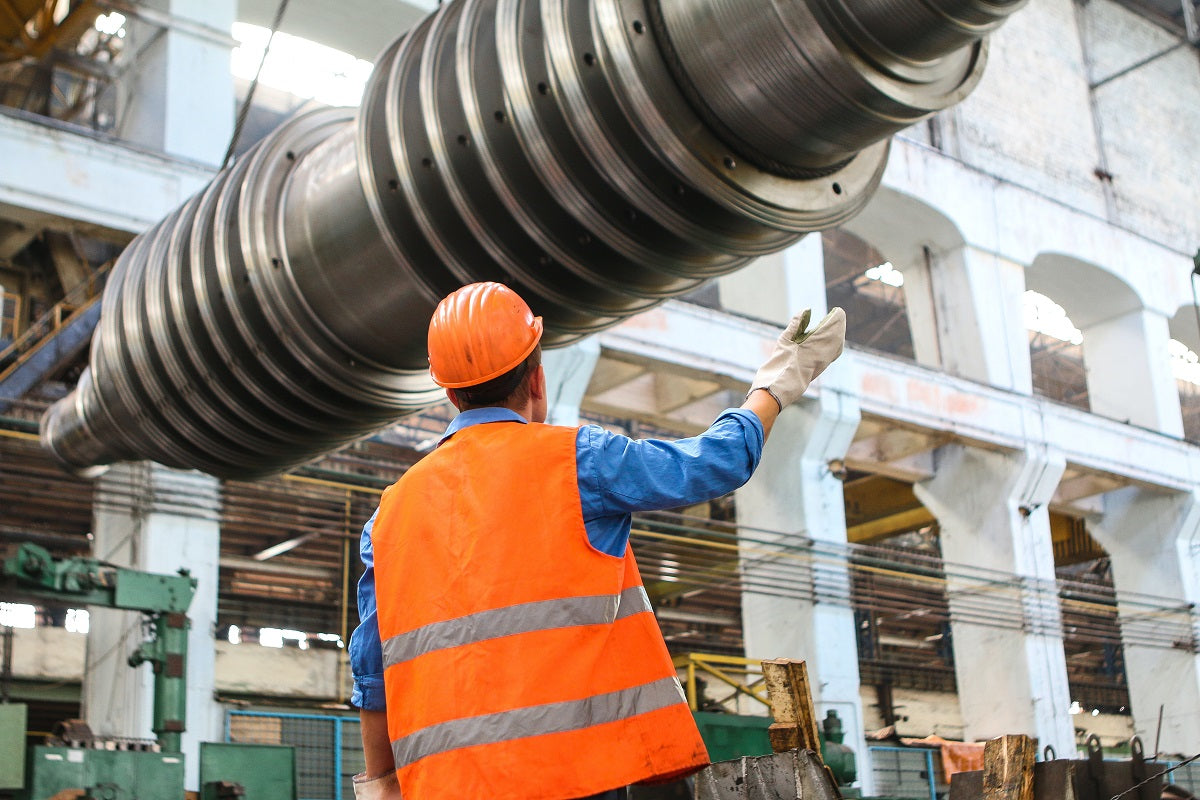COMMON MYTHS AROUND SAFETY IN THE WORKPLACE
Regardless of where you work, whether it be a warehouse, construction site, supermarket or an office, you will encounter challenges to safety that directly affect you, employees and others. It’s important to be aware of workplace safety in order to mitigate any risks, where taking the right precautions can ensure that everyone stays safe during their shift.
From warehouse safety barriers to appropriate workplace training, there are a number of ways to approach safety in the workplace. But are you aware of prevailing myths and common misconceptions surrounding general workplace safety? Read on to find out more about the myths we are debunking around safety in the workplace.
MYTH 1: ACCIDENTS HAPPEN
Whilst it is true that accidents can occur at any time, in any environment, it’s a dangerous mindset to have when you try and leave things like an individual’s safety to chance. By creating a safe working environment, you can limit the risks and foster a workspace where people are mindful and pay attention to detail.
MYTH 2: WORKPLACE PPE IS OPTIONAL
Workplace Health and Safety (WHS) laws around the world highlight that the safety and wellbeing of employees is paramount, and that it is the responsibility of an employer and business to ensure that these laws are being upheld and enforced. This includes the use of personal protective equipment (PPE), as employers and business owners are liable if employees are injured as a direct result of not having the correct PPE. If staff don’t follow the rules in the workplace, not only are they at risk but not following protocol could be disastrous for everyone. Also, just because WHS regulations are followed doesn’t automatically make a workplace immune from accidents. Same goes for maintaining an excellent safety record. It’s not a free pass – employers and employees alike have to remain vigilant in the workplace.
MYTH 3: PPE IS ENOUGH TO PROTECT EMPLOYEES
Although PPE can minimise exposure to certain hazards, it should never be a first line of defence, as it can’t prevent accidents from occurring. PPE and safety systems, when used together, can be highly effective at protecting staff. Safety systems include safety barriers, access control, machine guards along with safe working practices. PPE should be fitted and replaced if there is any damage or wear and tear.
MYTH 4: INVESTING IN WORKPLACE SAFETY IS EXPENSIVE AND NOT PROFITABLE
Another common myth is that some business owners believe that safety programs don’t provide a return on investment, but that couldn’t be further from the truth. By investing in things like safety equipment, safety barriers and training, companies can reduce unnecessary costs resulting from accidents, injury compensation claims, government penalties, lawsuits and damaged products. Problems that arise from an unsafe work environment add up over time, even if businesses think they are saving money in the short term. Indirect costs of an unsafe workplace include: low employee performance and poor attendance, high staff turnover, loss of business reputation, accident investigations, damage to property, loss of contracts/clients.
MYTH 5: THERE ARE NO WORKPLACE HAZARDS IN AN OFFICE SETTING
This myth still prevails as there are some people out there who still believe that certain environments are completely safe. This is a reminder that just because you’re not working on a warehouse mezzanine floor does not mean that there are no risks where you work. Even sedentary work environments like offices are vulnerable to certain health and medical issues, as well as not being immune to accidents when the proper precautions aren’t taken.
No matter how old someone is or what sort of condition their health is in, no one is resistant to accidents and fatalities in the workplace. Hopefully this has shed some light on some commonly held misconceptions around safety in the workplace. Debunking these myths is one of the best ways to reinforce the importance of health and safety in the workplace.

